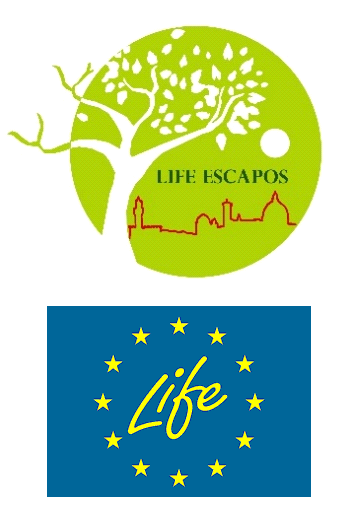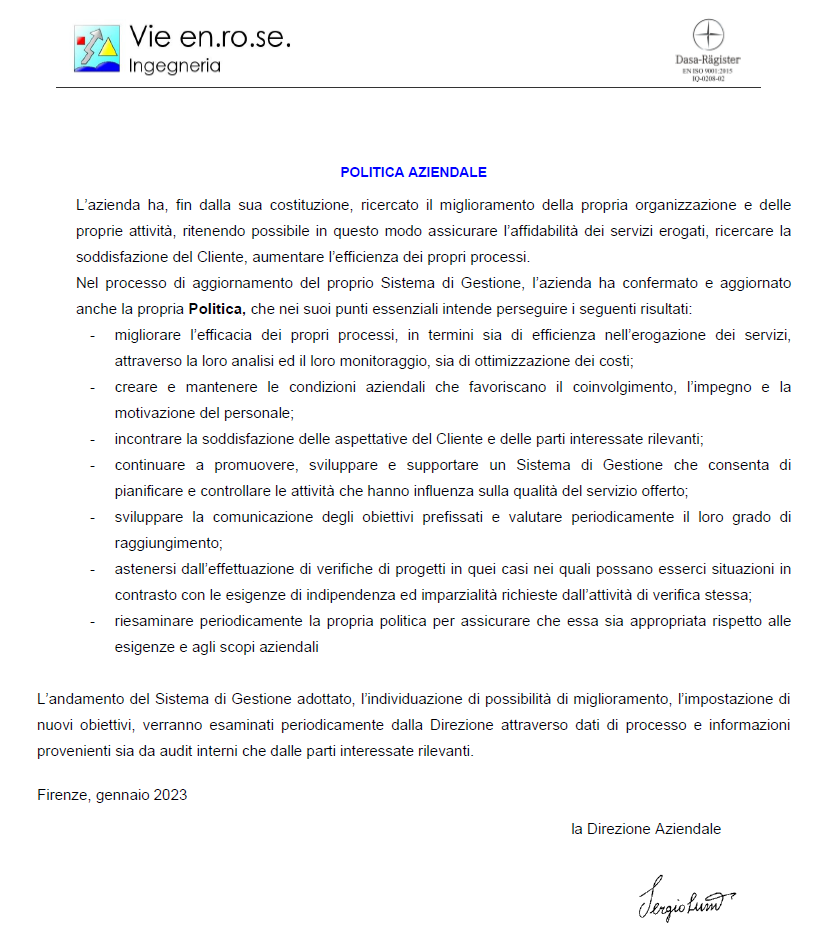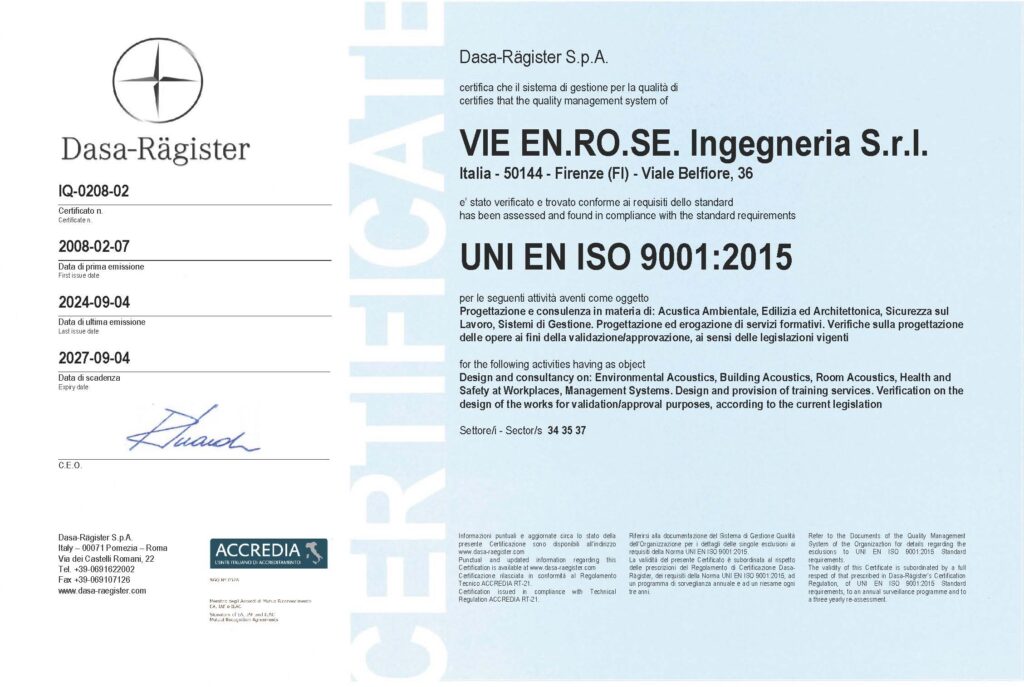
LIFE ESCAPOS - Environmental energy for Strategic CApillary urban POlicieS
D.1 – LIFE Energy + LIFE Climate - Project 101157553
LIFE23-CCA-IT-LIFE ESCAPOS "Environmental energy for Strategic CApillary urban POlicieS"
(co-funded by the European Union: Grant Agreement - GAP-101157553)
To achieve the long-term vision of the EU Strategy on Adaptation to Climate Change (European Commission, 2021), the adaptation and resilience of cities to climate change is a requirement that cannot be delayed further.
Specific targets have been included in the proposed Nature Restoration Act, particularly with regard to halting the loss of urban green spaces by 2030, increasing their area by at least 3 percent by 2040 and at least 5 percent by 2050, as well as achieving a minimum of 10 percent urban tree cover in all cities and suburbs by 2050 and a net gain of urban green space, also integrated into existing and new buildings and infrastructure.
Climate change and associated phenomena such as urban heat islands, heat waves, etc. affect people’s health and livability in indoor and outdoor urban environments, as well as the balance of the ecosystem.
The EU Urban Agenda highlighted the need to develop nature-based solutions (NBS) to enhance the role of urban ecosystems (defined as social-ecological systems composed of green and built infrastructure). Trees, parks, green roofs, gardens and urban forests help improve air quality, reduce noise, mitigate summer temperatures by reducing heat pockets that are concentrated in cities, and provide a dumping/buffer effect on external forcings and extreme weather events. They also provide non-tangible benefits, such as recreation, cultural and aesthetic values and the maintenance of social relations. It is important to note that people who live in neighbourhoods with a higher density of trees in the streets or with a greater amount of green space are found to be healthier or claim to be healthier.
In this context, LIFE ESCAPOS is a European project that aims to optimize and test a new approach for both climate adaptation planning and monitoring the results of policies and interventions implemented by the Municipality of Florence.
The integrated operational tool that will be optimised and tested in a pilot area of the Municipality of Florence (Firenze Nova) is the Escapos system, which will be integrated in the Municipality’s Smart City Control Room. Escapos makes it possible to analyse, study, balance and optimise the energy flows of any urban system with a view to climate resilient mitigation and adaptation.
Therefore, continuous ante/post-operam monitoring of the area (parameters: temperature, humidity, air quality, wind speed and direction, illuminance) will be carried out during the project, also carried out using monitoring systems with fixed stations and wearable systems, aimed at dynamically populating the data database and verifying the effectiveness of a series of interventions with impact on the overall situation of the area.
The climate mitigation measures that will be implemented are linked to what is already envisaged in the Florence Municipality’s Green Plan, attracting a series of public investments to the area.
The project is implemented by the Municipality of Florence, in the role of lead partner, together with the University of Florence, the engineering company Vie en.ro.se., the company Baker Hughes-Nuovo Pignone and the Foundation for the Future of Cities.
The main objectives that the project aims to achieve by 2027 are:
- Optimisation, upscaling and testing in a pilot area of the Municipality of Florence of the new ESCAPOS approach, based on the DCVs (Dynamic Control Volumes) system, which is to become an operational tool capable of integrating and interfacing all existing municipal climate data, plans and policies through a capillary network of information that is always available, updatable and open source.
- Adoption of the DCV as an operational and implementation tool for planning and monitoring the actions identified in the Florence Municipality’s climate adaptation plan.
- Experimentation of public-private collaboration protocols for the implementation of joint and synergetic actions for adaptation to climate change, making adaptation faster and more systemic.
- Implementation of the actions envisaged in the climate adaptation plan with the support of the tool developed on a particularly vulnerable and critical test area in Florence, on which DCV is to be tested as a tool to ensure sustainability and environmental protection and the planning of interventions and monitoring of their effects.
- Systematisation of the DCV approach through the use of DCV integrated with GIS techniques – deep learning as a general policy of the municipality that will lead to the extension of climate benefits to the entire city.
- Experimenting with a people-centred approach, involving active citizenship to raise awareness and, in particular, involving specific population groups in data collection campaigns to develop an equitable, inclusive and informed approach to dealing with climate change issues, strengthening resilience and improving adaptive capacity.
Project’s start: July 1, 2024
Duration: 36 months
Budget: € 2,455,645.72 (60% co-funded by EU)
Lead partner: Comune di Firenze, Direzione Ambiente, Referent person Dott. Arnaldo Melloni
Scientific responsible for the project, coordinator and contact person for UNIFI: Prof. Carla Balocco, Technical Environmental Physics
Partners: Università degli Studi di Firenze (UNIFI), Vie en.ro.se. Ingegneria (VIENROSE), Baker Hughes-Nuovo Pignone (NUOVO PIGNONE), Fondazione Futuro delle Città (FFC)
To stay constantly updated on the project follow the social channels:
Facebook: Life Escapos Environmental energy for Strategic CApillary urban POlicieS
Instagram: lifeescapos
LinkedIn: LIFE ESCAPOS




